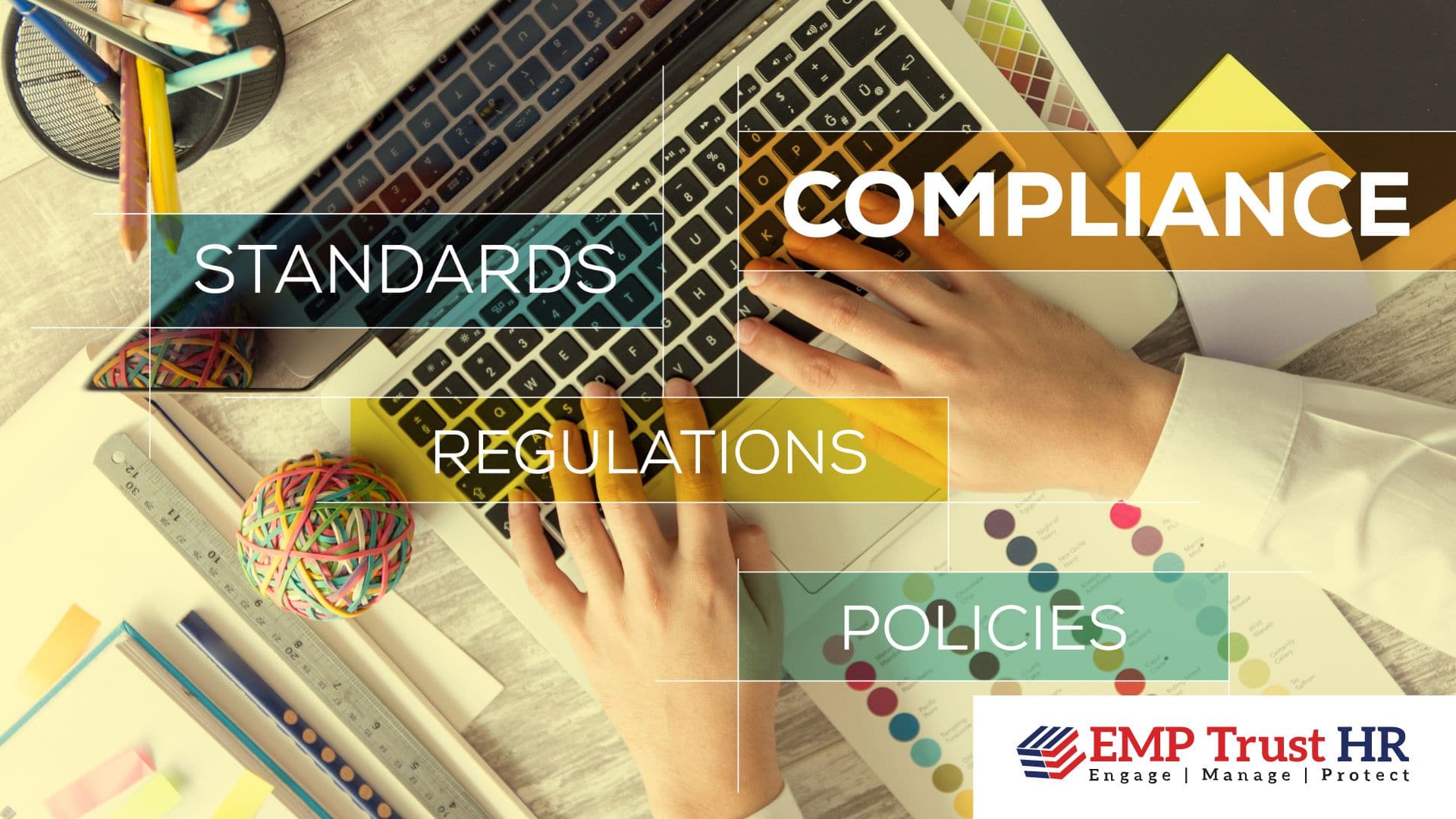In times of a crisis, such as the Covid-19 outbreak, protecting everyone’s safety becomes imperative. As a result, onboarding procedures had to be changed to meet modern requirements.
The overall solution to such issues is to update or adopt a set of tools and policies, such as hiring and onboarding practices that combine the strategic use of technology with the knowledge and expertise of current workers.
The following can be used as a guide, but be sure to modify it to fit the particular needs and goals of your business.
Pre-boarding is an added advantage.
You’ll be behind schedule if you wait until your new hire’s start date to start integrating them. Create a portal intended for onboarding to provide the foundation for a seamless first week. So that new hires can become familiar with training materials and introductions before their user credentials are organized, make sure that this resource can be accessed through an email account or Linkedin profile.
Inform newly hired employees.
Every employee values regular updates, but remote workers require frequent communication more than others. By giving users current content that is relevant to their position and location, you can avoid any information gaps. To ensure that every message is understood, leaders should attempt to generate compelling email updates and distribute tailored material to particular workforce segments strategically.
Remain personal and sociable.
Your organization will probably provide new hires the chance to get to know and mingle with corporate leadership and the members of their own team outside of work as part of the regular sequence of onboarding events. Set up small-group social hours and online video sessions to help your new hire start adjusting to their new workplace.
For new leaders, decision-making moves more quickly.
For some executives, joining their new company during this crisis will be similar to joining a company that is going through a tremendous turnaround. Decisions are being taken swiftly due to necessity. This presents a problem for a new leader since they must make judgments while also lacking the historical and current organizational knowledge necessary to feel confident in their choices. This puts them at risk for errors as well as intense tension and worry.
It will be crucial to give the leader more information. This could entail compiling a thorough report on the state of the company, SWOT analysis of the existing situation, and a preliminary list of priorities that will need to be addressed soon following any appointment.
Observe the bigger picture.
In the midst of a crisis, none of us can foresee how quickly our daily lives, professional relationships, and the entire world can alter.
Therefore, maintain perspective and don’t be surprised in the slightest if your onboarding doesn’t go as expected. It’s easy to conclude that the current pandemic has established a “new normal” for pretty much everything we do, not just for onboarding new staff.
Divide the Work.
Pandemics and other urgent situations need for an “all hands on deck” culture. In these circumstances, it is crucial for everyone, even “short-timers,” to be alert to and focused on recognizing and responding to emergencies, anticipating upcoming difficulties, and formulating plans to assist the business in moving forward positively.
It’s possible that the boss and co-workers don’t have time to spend briefing on “non-essential” material. In such cases employees can take advantage of any free time they may have to research the business and finish any necessary training.
Plans for organizational readiness and response.
In case of a health crisis, the current workplace’s health and safety must be guaranteed before welcoming new personnel. To safeguard the numerous professionals who must do their duties inside a physical structure, performing the following actions is advised:
- First, coordinate with regional and local health departments to provide fast and accurate information to officials. Then think about the sources of health risks, as well as information about when, when, why, and how these risks may be reduced.
- Promote workplace protections and flexibility. Engage in active communication with your staff about health policies, and promote safety. Make sure they are aware of these guidelines and encourage flexibility. If they are ill, stay at home. Remove further potentially harmful regulations like requiring a note from a doctor.
- Recognize that certain staff members are perhaps required to look after another family member at home and should be to do so without repercussions. Be mindful of any worries you may have in addition, concerns that may come up during a health examination include salary, leave, safety, and health crisis.
